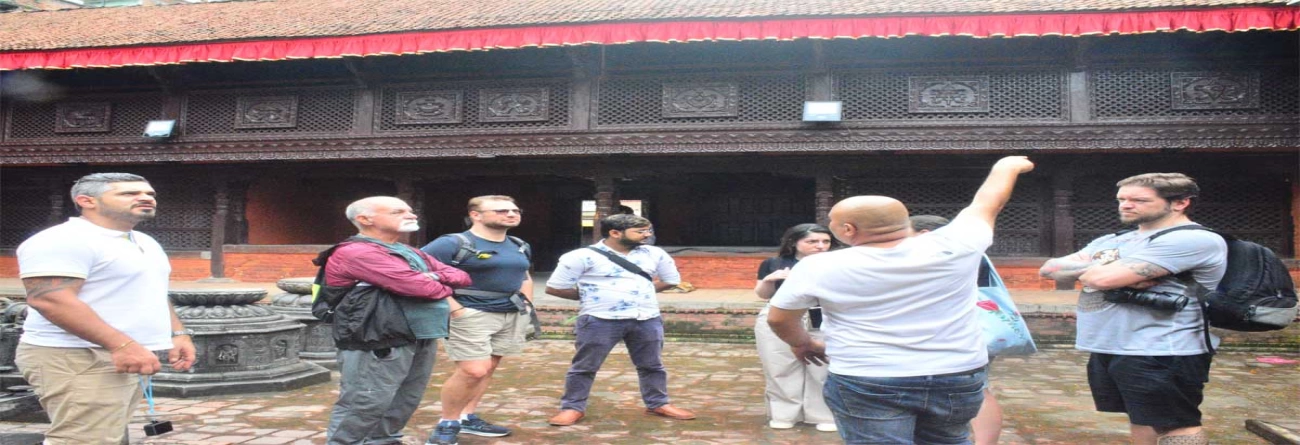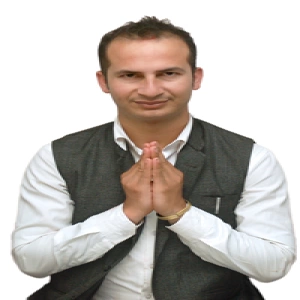Within an area of 1,47,181 sq. km in area , Nepal is the most culturally diverse country in the world. Nepal is populated with 26.1 million population who sepaks 122 different languages and are categorised into 125 ethnic groups. With such vast amount of diversity, it is always possible for a traveller to find something new everyday to learn, and to experience the food and hospitality of various ethnic groups. There are many amazing places and temples to visit which holds sultural, religious and historical significance.
Things to do in Kathmandu
Kathmandu sightseeingTable of Contents
Nepal is a culturally diverse country. Within a population of 28.61 million, it is quite amazing to know that there are 122 spoken languages officially recognized by Government of Nepal with 126 ethnic groups speaking those languages. With such variable, one can surely assume the cultural diversity of Nepal. With such huge cultural and religious diversity within such small area, UNESCO has recognized some key places, which have cultural and historical significance, to list them as World Heritage Sites.
Pashupatinath:
Pashupatinath is listed as UNESCO’s cultural world heritage site in 1979. Regarded as the biggest pilgrimage for Hindu people, Pashupatinath is one of the finest example of arts and culture of Medieval Nepal. It was built in 5th century and later renovated by Malla Kings. Situated on banks of Bagmati River, the temple is devoted to lord Shiva. Cremation of departed soul takes place on the raised platform alongside the Bagmati River. One shall not miss this opportunity to experience the unmatched mix of cultural, religious and spiritual experiences.
Bouddhanath:
Listed as Cultural World Heritage site in 1979 by UNESCO, Bouddhanath stupa has stood as a beacon of Buddhist belief. It was built around 14th century. The stupa was built on a ancient trade route between Nepal and Tibet. The site became the main foacl point of attraction and Tibetian Buddhism after the Chinese refugees migrated to Kathmandu in 1950. There are at least 29 Tibetan Gompas (Monasteries & Nunneries) around Boudhanath. The culture is very much Himalayan with a strong presence of Tibetans & Sherpas, as can be evidenced by the number of restaurants selling momos, thukpa & other Tibetan favorites. Many maroon clad Tibetan Buddhist monks & nuns can be seen walking around Boudha, especially at the Stupa.
Swoyambhu Maha-Chaitya:
Swoyambhu Maha-Chaitya is one of the major Buddhist pilgrimage for Buddhists around the world. Quite unknown about the built date, legend is Swyambhu emerged out of a bloomed lotus from an ancient lake in Kathmandu. Situated on a hill top, this place offers visitors a peaceful and spiritual experience along with view of Kathmandu valley and mountain ranges. Foreigners also call it Monkey Temple as one can find rhesus monkeys swinging along the trees.
Patan Durbar Square:
Built during the Malla regime, Patan Durbar Square reflects the art and crafts of historical Nepal. The wood and metal carvings on temples and around shows the unbelievable craftsmanship of people. You can visit the museum inside an old palace that provides historical arts and crafts,the throne Malla kings used to sit and many more. The square area is surrounded by houses with wood carvings and many authentic restaurants.
Kathmandu Durbar Square:
Kathmandu Durbar Square, a World Heritage Site, is one of three squares within Kathmandu Valley in Nepal. Durbar Square is an important site for Buddhist and Hindu rituals, holy ceremonies, royal events, and kingly coronations.Surrounded by fountains, ancient statues, small ponds, and a series of courtyards such as Mohan Chok and Sundari Chok, Kathmandu Durbar Square is a meditative, religious site for spiritual seekers. Within the inner complex of Durbar Square is the site of the Old Royal Palaces (referred to as the Hanuman Dhoka Palace Complex). The Royal Palaces used to house the kings of the Shah and Malla Dynasty, who ruled over the city until the 19th-century. The palaces have since been turned into museums.
Bhaktapur Durbar Square:
Among the three major cities of Kathmandu valley, Bhaktapur retains some of its ancient way of life, reminding you of what the entire Kathmandu Valley must have looked like during the medieval period. The remarkable architecture, the exquisite woodcarvings and metal craft that can be seen around the city takes one back to the time of the Malla rulers who patronized art like no other dynasty. The pagoda style temples rise above the Bhaktapur skyline. The Pottery Square, the Palace (Durbar) Square which dates back to the 12th century, where devotees still celebrate their centuries old festivals and the temple squares that still remain vibrant, are Bhaktapur’s major attractions. But the city’s archaic look itself draws tourists besides the elaborate festivals that remain unchanged for centuries. The Durbar Square is one of the UNESCO World Heritage Sites of the valley. Unlike Kathmandu and Patan, Bhaktapur has resisted rapid change, and a large number of women in Bhaktapur are still seen in their traditional Newari attire in black and red. Pottery, farming, singing in the temples or just sitting in the rest houses in the mornings and evenings are a way of life they have retained for centuries. Once known as Bhadgaon (Nepali) and Khwopa (Newari) the city has maintained its festivals in their original elaborate forms, many of which last over a week. After the restoration program in the 1970s, the city’s municipality has controlled the construction of new buildings in order to maintain the brick façade. One of the most popular festivals of Bhaktapur is the Bisket Jatra which attracts a large number of tourists around the Nepali New Year.
Changunarayan:
Changunarayan Temple, one of the oldest pagoda-style temple dedicated to Lord Vishnu is surrounded by ancient carvings and statues. Having survived destruction in 1702 and 2015, it is said to be the oldest Hindu temple still in use in the Kathmandu Valley today. Dating back to the fourth century, Changu Narayan is widely considered to be the oldest Hindu temple in Bhaktapur, and one of the oldest in Nepal. Built on top of a high hill about seven miles directly east of Kathmandu, the temple is dedicated to Vishnu, although shrines to Lord Shiva, Ashta Matrika, Chhinnamasta, Kileshwor, and Krishna are also found within the wider temple complex.The main temple is decorated with some of the finest carvings in the Kathmandu Valley, and the collection of statues surrounding the temple is the best you’ll see outside the National Museum of Nepal. But the gems of the collection are the statues and carvings dotted around the courtyard, the oldest dating back to the Licchavi era (400 to 750). Facing the west door of the temple is a statue of Garuda, the legendary bird that served as Vishnu’s mount, which dates back to the fifth century. And near this statue is the oldest stone inscription in the Kathmandu Valley, a message etched in 464 that tells the tale of how a king convinced his mother not to die by suicide after her husband’s death.
Lumbini:
Lumbini is the Buddha's birthplace, one of the world's most important spiritual sites and attracts Buddhist pilgrims from around the world. Today you can visit over twenty-five Buddhist monasteries built by diverse countries from Vietnam to France, study Buddhism, meditate and visit the birthplace within the sacred Mayadevi Gardens. The place provides the historical evidences about the birth of Lord Buddha. Ancient monuments like Mayadevi temple ( dated back to 2,200 years) , Ashoka pillar ( built by great Indian Emperor Ashoka in 249 B.C) Pushkarini pond ( a pond where Gautam Buddha used to take bath during his childhood) and many more sites of historical and cultural significances are found in France, Germany, Thailand etc as a tribute to Gautam Buddha.
These were the sites listed as World Cultural and Natural Heritage Sites by UNESCO within Nepal. But Nepal is not only limited to those places. There are hundreds of places one can find worth visiting.

